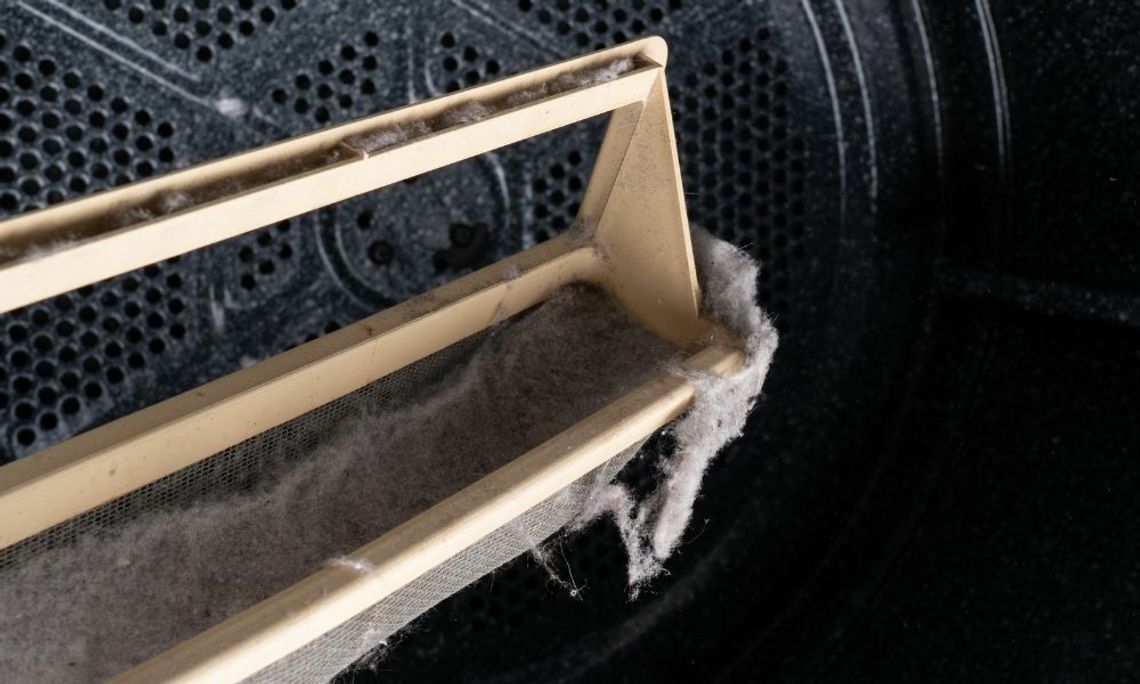For many people, home is a retreat from the world. However, it may not always be the safest space. Although obvious hazards—like open flames, visibly dirty water, and puddles—are easy to see and fix, there are other common risks in many homes that aren’t obvious. Whether you’re a new homeowner or you’ve owned several properties, follow along to discover these hidden dangers in your home you need to check.
Lint Buildups
Laundry is one of the most common household chores, but it can cause unwanted lint buildup. If you notice it’s taking much longer for your clothes to dry or the laundry is extremely hot after a cycle, excess lint could be to blame. Even though dryers have a lint trap that you should clean out after every cycle, some lint chunks and particles might slip through. Then, this lint can accumulate throughout the vent line and become a fire hazard.
Be sure to clean out the trap after every load of laundry and clear out the entire vent line system at least once a year. If you can’t do this yourself, consider hiring a professional—it’s worth preventing a fire.
Drain Gurgling and Bubbling
Most toilets and other drains make funny noises when in use, which usually aren’t cause for concern. However, if you notice gurgling or bubbling noises coming from the toilet, sink, or shower drain at random, you might have a larger issue. These noises are indications of a sewer system backup, which you shouldn’t ignore. Consider calling a plumber immediately to resolve the situation, as sewage can impact your health and cause damage to your home.
Undetectable Gases
Undetectable gases are some of the biggest dangers in your home, as they can be life-threatening without you even knowing they’re there. Two examples of these gases are carbon monoxide and radon. Both of these are odorless and invisible, making them impossible to detect with your senses. Fortunately, most houses have carbon monoxide detectors to warn residents of its presence.
However, there’s no detector for radon—only testing. Therefore, regular testing is imperative to ensure safety. You should conduct radon testing in the lowest level of your home, which is usually the basement. If you only have a crawl space, you’re not off the radar—radon in your crawl space should concern you, as it may impact your entire home.
Musty Odors
There’s nothing worse than musty odors inside your home, and the source may be alarming. Usually, basements and bathrooms are the most likely areas to smell musty, and the culprit is probably mold. Unfortunately, mold can grow under floors, behind walls, in ductwork, and anywhere else that moisture builds up, so it’s not always super noticeable. Mold removal is usually relatively easy with commercial mold cleaners, and you can prevent it by using dehumidifiers around your home.
After learning more about these hidden dangers in your home you need to check, you can ensure your family’s safety. Your home should be free of hazards, and sometimes, you must look deeper than the surface to find potential dangers in your house.


Comment
Comments